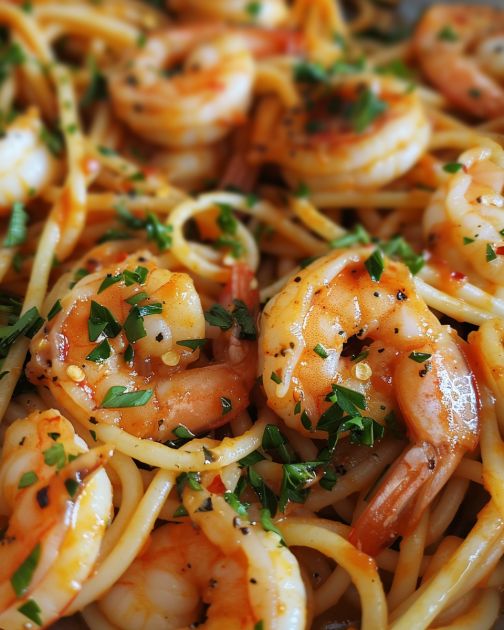If you’ve ever ordered a shrimp pasta dish at a restaurant or prepared one at home, you may have noticed that the shrimp often come with their tails still attached. This can sometimes lead to a pause before eating as you decide whether to use your fingers to remove the tail or to try to navigate around it with a fork and knife.
The practice might seem strange at a glance, but there are actually a number of reasons – from presentation to flavor – that chefs leave the tails on.
The Reasons Behind the Tail: Flavor, Texture, and Presentation
1. Flavor Enhancement
When shrimp are cooked with their shells and tails intact, they tend to retain more flavor. The shell contains juices that help enhance the taste of the shrimp and can also add depth to the dish’s overall savoriness. Much like cooking meat on the bone, the idea here is that the tail and shell impart additional flavor to both the shrimp and the surrounding sauce.
2. Presentation Appeal
Aesthetically, shrimp tails can add an element of sophistication and visual appeal to a dish. They provide a handle of sorts, allowing for an eye-catching presentation where the shrimp are beautifully curved and lined up along the edge of the dish, adding height and structure to the plating.
3. Practical Handling
Despite sometimes being cumbersome to eat, shrimp tails can serve as a convenient handle for diners who prefer to eat shrimp with their hands. In more casual dining settings, it can be perfectly acceptable to pick up shrimp by the tail, which can be particularly handy in communal or shared dishes.
4. Texture Contrast

Anyone know why the tails are usually left on shrimp in pasta dishes?
ADVERTISEMENT
For Complete Cooking STEPS Please Head On Over To Next Page Or Open button (>) and don’t forget to SHARE with your Facebook friends
ADVERTISEMENT